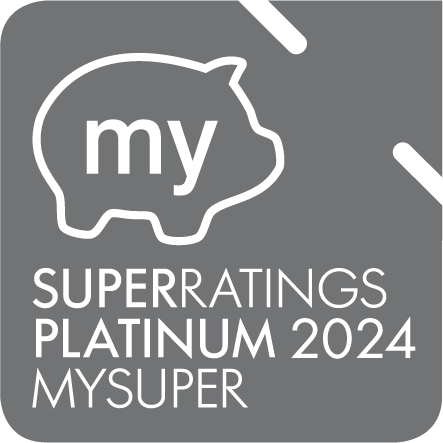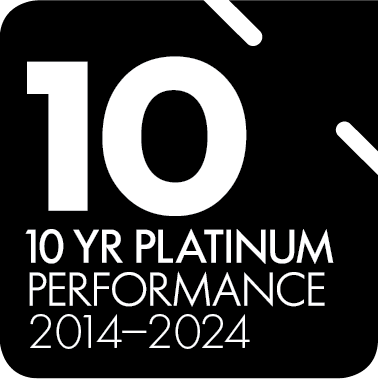Your workforce is growing up: the number of over-65s in Australia is now 3.4 million and is predicted to reach 9.6 million by 2064.
In addition, this is a generation who will retire on their terms, which are increasingly creative and less reliant upon traditional retirement models.
As an employer, part of your role is to help your employees retire well. Doing so will not only help them make a healthy transition, it will also create a strong successional flow within your organisation and show your employees you have their best interests at your cultural core.
But it can’t wait until your employees are ready to retire. Organisational psychologist and Transitioning Well director Dr Sarah Cotton explains: “As people get towards retirement age, you need to help them proactively manage that phase. Whether that’s complete retirement or the right to request flexibility, or however it looks for them.”
Your role in employees’ retirement transition
Seek assistance
Asking for help has always been a good business strategy, and that is extending to retirement transition. “As an employer, you need to be aware of the resources available to you, to help support your people well,” says Cotton, adding support can be both practical and financial. “There’s corporate champion programs, which have grants of up to $20,000 to help you become savvy in this area.”
Know your obligations
Start with knowing your basic obligations. “Employees who are over 55 have the right to request flexible work arrangements,” Cotton explains. “Make sure your policies and practices are in line with both legal and best practice around that.”
Encourage early conversations
Don’t wait for your employees to be ready for retirement before talking to them about it. “You need to let your employees know it’s okay to have early conversations,” says Cotton. “Start those conversations early, and equip them to have a successful transition.”
Be empathetic
Research in SuperFriend’s Planning for a Mentally Healthy Retirement report shows a person’s retirement transition can affect their mental health during that next life stage. Being mindful of what your older employees are going through is important to create plans that really help them. Cotton says: “A lot of interventions focus on the financial and physical implications of retirement. What’s often forgotten is the emotional element, and the massive change people have to go through to get to that new normal.”
Upskill your managers
Training your key management team to support your retirement transition focus is critical. “Policies and practices will stand and fall on the quality of your managers, so they need to have the skills to do this really well,” Cotton says.
Manage your organisation’s knowledge
Consider what’s at risk if you’re not helping your employees’ transitions. “A lot of organisations are losing that knowledge management, because they’re not doing transitions well,” says Cotton, “and they’re not setting up the transfer of knowledge to the younger generations. Perhaps set up some mentoring programs to help people in their phased retirement, so they move into more of a mentoring role.”
Retirement isn’t the end
As this generation changes how retirement looks, so too are organisations changing their own perceptions and expectations.
One business doing just that is Interact, a workplace health specialist group. Founder and managing director Nikki Brouwers explains they see retirement as part of the employment lifecycle, rather than an end point. “We help staff nearing retirement to maintain a strong sense of self by ensuring their transition from paid work into other hobbies or purposeful activity is a positive experience,” Brouwers says. “Ultimately, our goal is to always ensure they maintain a positive connection with Interact.”
They achieve this through three methods:
1. Open communication
Retirement shouldn’t be a word that’s avoided. “We talk openly about career paths, retirement and transition plans, so all of our staff feel as though they can openly and honestly talk about their future plans and goals with their colleagues and supervisors,” Brouwers says.
2. Coaching
Brouwers says a one-size-fits-all approach isn’t possible in retirement transitions. “We are bespoke in our transition plans and retirement processes, as everyone is unique in what they feel most comfortable with when they retire, regardless of their age,” she says. “We coach them through this process.” Brouwers adds they also work with employees’ superannuation funds to help any potential retirees gain more control over retirement plans and possibilities.
3. Inclusion
Importantly, Brouwers says their employees’ options are open when they retire, whether they want to work in the business in a different way or be supported in other choices. “Socially, we make sure that all of our retired employees are invited to any Interact events that take place with their former colleagues.”
RESEARCH
SuperFriend report: Planning for a Mentally Healthy Retirement
Healthy retirement literature review, provided by SuperFriend










